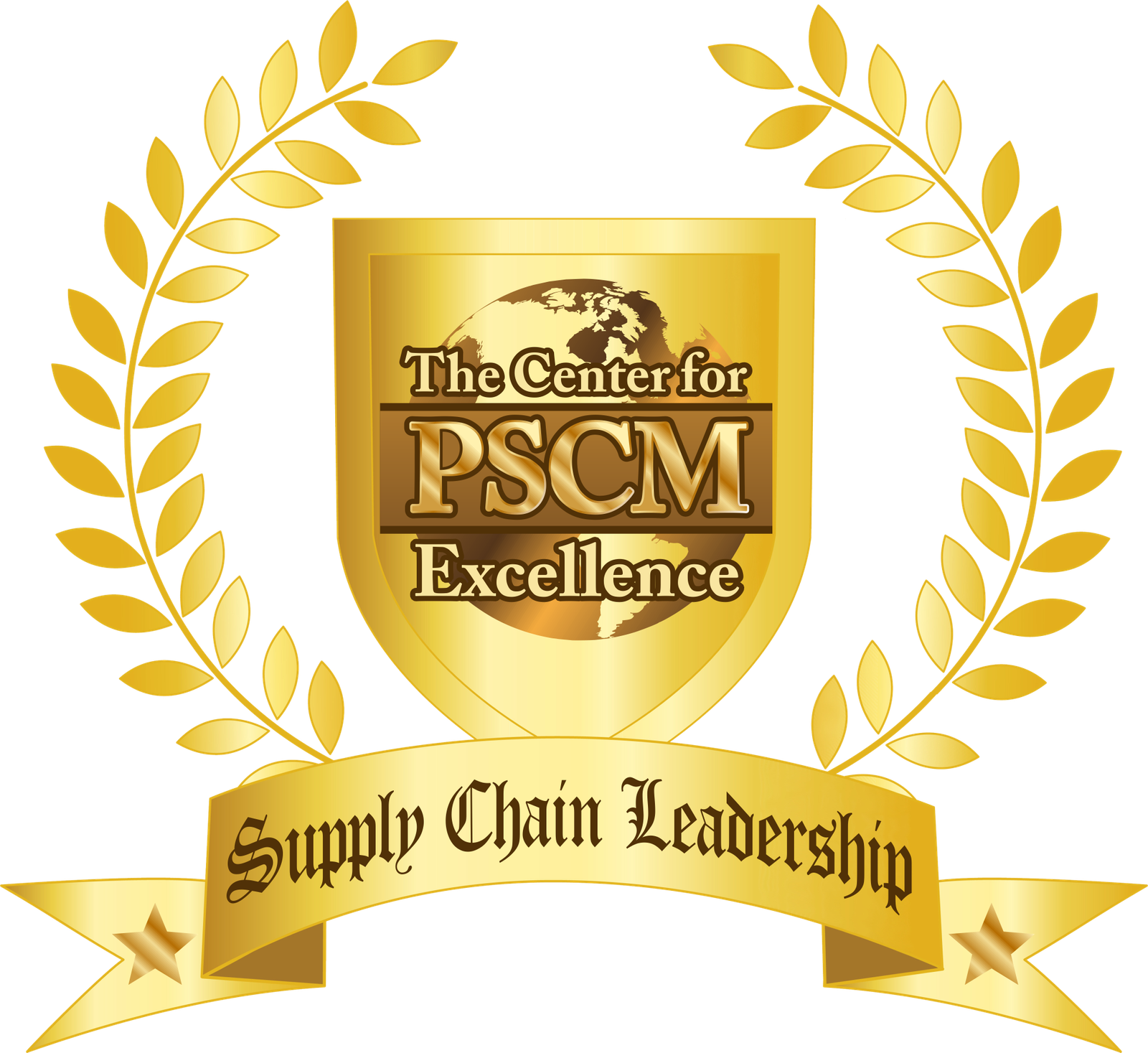
I was presenting at an International Purchasing Conference in South America this week.
This is for one of the organizations of the IFPSM – The International Federation of Purchasing and Supply Management – and this organization is chartered to drive purchasing excellence for the entire region of South America.
I was their headline speaker for this two day international conference. None other than the founder of this purchasing association – and long time purchasing veteran – said that mine was the best presentation on purchasing practices he’d ever seen in all his years in the purchasing business.
Talk about humbling.
It’s my honor to teach my systems and strategies. Our industry can be so much better and it’s my goal to help you in this endeavor.
Anyways, one of the questions that came up repeatedly was the following:
“we have a single/sole source supplier that won’t cooperate with us on price because they know we have no other choice but to use them, how do we regain control of TCO given this fact?”
This is a problem that plagues purchasing and supply chain managers the world over. But it doesn’t have to.
You see, in these situations, what you need to do is to call the supplier on exactly what they are doing – firmly, but diplomatically – and let them know exactly what the consequences of their behavior is going to be. You can do this really wrong if you are not careful though.
Here’s how it works. You tell them “We both know that we are in a sole/single [<–pick the right one] situation in our business relationship. I want to be very honest with you and tell you that the perception inside our company, and there is data to support this, is that we are paying a premium to your company because your company knows we can’t get this product or service elsewhere at the moment.”
Then continue, “Now as of this moment, this strategy is working for you, and you are right that there is nothing we can do about it. However, I want you to be really clear on what’s happening as a result of this premium pricing model.”
“We’ve been in this situation before with other suppliers. The suppliers that wanted to continue to benefit financially from the single/sole source situation that they thought would last forever got a rude awakening. We went off and developed another source. That’s right. It wasn’t easy, but we had no choice.”
“And guess what happened after we developed another source? The supplier’s business with us fell off a cliff. Sometimes they still maintained a healthy share – 50 or 60%, but that is a big drop off from 100%. Other times they were cut off altogether.”
“And the common denominator? All of these suppliers did not give us competitive pricing because they had a customer without options. All of them thought that good times would last forever. But I want you to know that our company can and does create options in these situations.”
“By the way, this is not a threat. Far from it. This is courtesy advance notification of what’s coming. I’m actually trying to do you a favor. In fact, I’m giving you an opportunity. Come back to me in two weeks with a substantially revised proposal that sends a message loud and clear to my management that your company is committed to this relationship.”
“And if you decide you don’t want to, that’s OK, but please just recognize that I will be forced to start working on the development of a second source until I get one in place. This is not punishment. It’s just good business. For the next two weeks though, you really have your destiny in your own hands.”
And that’s it. You call them on it, and you make THEM COME TO YOU and say that they want to lower pricing, so that you don’t feel like they’re taking advantage of the situation. They need to do it because they want to, not because you put a gun to their head.
On a related note, you really shouldn’t let yourself into these kind of situations in the first place. If supply line is critical, single/sole sourcing is usually a completely unacceptable strategy.
And don’t believe that you can’t get better prices or lower TCO by spreading business over two to three suppliers instead of one. In fact, the competition can take your TCO to places you never dreamed. I can teach you how to do that as well. Let’s just say that it doesn’t happen by accident!
Thank you for your readership. It’s because of you that I have the best job in the world; catapulting the purchasing and supply chain management profession to the next level, one company at a time. Yours should be next.
See you next week!
Omid G


